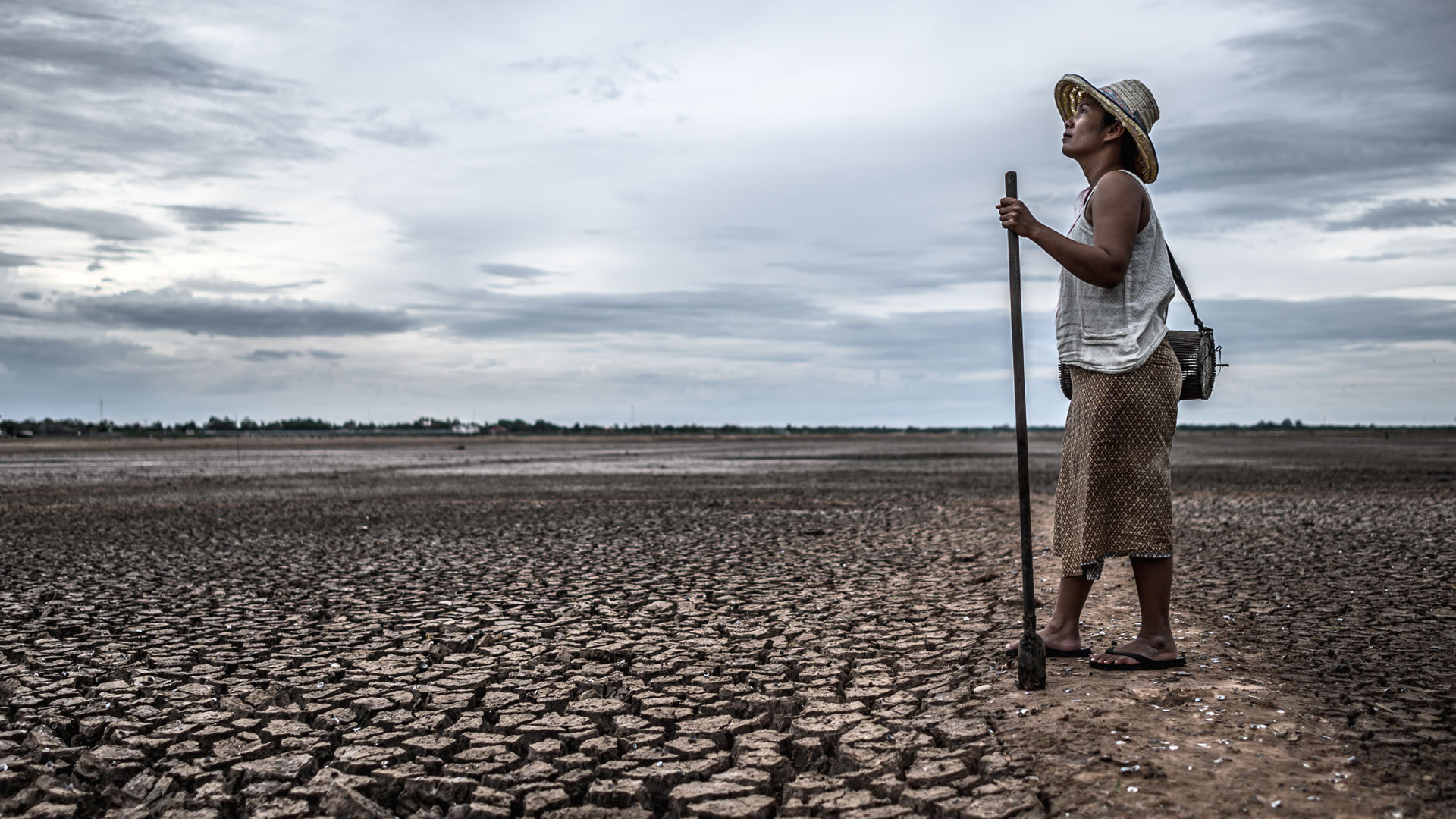Every year, Earth Day arrives with a familiar sense of urgency. Environmental campaigns, arresting images of deforestation and melting ice caps, and a worldwide call to action define this day. On April 22, people and organisations post pledges, plant trees, and increase awareness. Still, the fervour wanes within days. For many, the increased awareness vanishes as activities get back under control. The fast fashion runs continue, the reusable bags are left at home, and the climate crisis fades once more as background noise.
This disparity between knowledge and behaviour goes beyond simple sloth or apathy. Rooted in cognitive dissonance, climate fatigue, and the illusion of distance, shapes our relationship to environmental crises and how Earth Day, despite its good intentions, often reinforces the illusion that awareness alone is sufficient. This is a psychological phenomenon.
- Cognitive dissonance
Cognitive dissonance – that mental discomfort resulting from one’s actions contradicting one’s values – is central to this paradox. Most people nowadays understand the environmental catastrophe. They see the need for sustainable living, the urgency of the IPCC (Intergovernmental Panel on Climate Change) studies, and the part carbon emissions play. Still, they keep making decisions against these values – from frequent flying to red meat consumption to cheap, disposable purchases. People often rationalise rather than alter these habits, which calls for constant effort and sometimes financial or social cost. One plastic straw is all they say, or “My government should be doing more – what difference can I make?” These arguments reduce the dissonance without looking at its source. Earth Day can unwittingly aggravate this by increasing environmental messaging for one day without building mechanisms that support long-lasting behavioural change. - Climate Fatigue
Climate fatigue, the emotional tiredness brought on by continual exposure to apocalyptic stories, is another strong psychological force. Devastating images abound in news cycles: flooded cities, burned-through forests, starving polar bears. Although these pictures are meant to motivate action, they can actually numb people and foster hopelessness. When the scope of the crisis overwhelms them, people may totally disengage as a kind of emotional self-protection. Signing a digital pledge or reposting an Earth Day infographic becomes a symbolic act, a box-ticking that lets one feel momentarily absolved. - Psychological distance
To compound this is psychological distance. Climate change often feels abstract and remote – something that affects people in far-off countries or future generations. People struggle to feel directly accountable since the effects are not always instantaneous or personal. Presented as a worldwide celebration rather than a local movement, Earth Day can serve to accentuate this disengagement. If Earth Day is to be more than symbolic, it has to transcend awareness and concentrate on developing agency – that is, the conviction that both personal and group efforts can have a real impact. This calls for a change in approach as much as message. - a. Hindsight
First the environmental movement has to localise. People are more likely to act when they observe their actions clearly impacting their neighbourhood. Whether it’s pushing for neighbourhood compost projects, supporting green public transportation, or helping local clean-up events, proximity raises responsibility. Second, daily life should be the frame for environmental communication. Climate change is a personal matter as much as a global one. It influences public health, water availability, air quality, and food cost. Tying global concerns to local reality helps people to feel involved in the result. Thirdly, one has to celebrate success. Though real, the story of doom is unsustainable. People want tales of possibility and progress: cities lowering emissions, communities healing ecosystems, young movements shaping policy. Hope is strategic – it is not naive. Finally, behavioural modification has to be considered a habit rather than a one-time gesture. Earth Day ought to be a checkpoint, not a climax. Environmentalism is meant to be internalised as a lifestyle – messy, imperfect, but continuous – not performed once a year.
Earth Day’s tragedy resides in its frequent ending rather than its existence. Though they must be gateways rather than gravestones for our environmental intentions, their rites – the posts, the pledges, the plantings – can be potent reminders. Environmental change will come from consistent, deliberate decisions taken over time and space, not from perfect people. We have to realise that the climate crisis is a long, group trip towards sustainability rather than a sprint towards rescue. Earth Day should be the map guiding us towards coherence as well as the mirror reflecting our paradoxes. Not guilt-driven but rather with honesty. Not with terror but with will.


